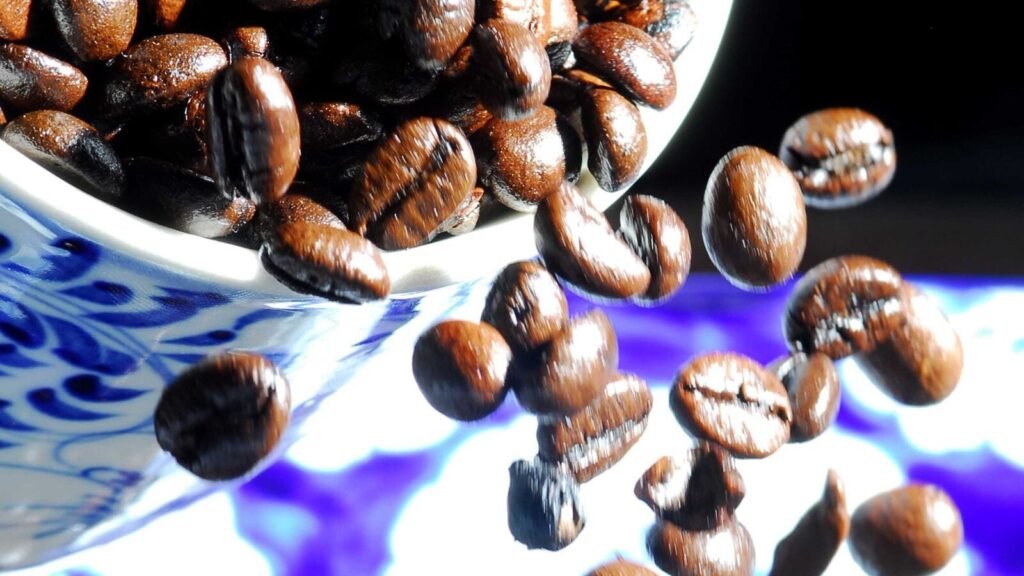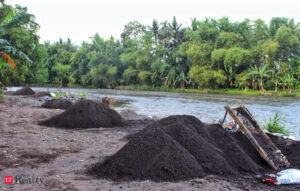Why India’s coffee exports are a hit despite supply woes

In volume terms, however, the growth figures read 12.4% for April-August 2024 and -5.8% for 2023-24. Growth in value outstripping growth in volumes reflects the surge in global coffee prices in the past year. Beyond that, too, there are factors at play, even for India, led by the prospect of lower supplies.
At the end of September, the price of robusta beans had increased 95% on a year-on-year basis to $5.33 per kg. The more expensive Arabica beans appreciated 51% to $6.125 per kg in the same period. Arabica coffee futures, considered to be the world benchmark for coffee futures, grew by 71% in the past year, the second-highest among agricultural commodities, next only to cocoa (115%).
Coffee prices were driven by supply disruptions due to drought in the two largest coffee-producing countries, Brazil and Vietnam. Adverse weather conditions impact both the quantity and quality of the produce. Brazil experienced its worst drought in over 70 years, impacting its plantations.
Similarly, Vietnam, the second-largest producer of coffee and the largest producer of robusta beans, was hit by its worst drought in nearly a decade. This pushed up prices, which in turn helped India record all-time high coffee exports by value.
Brewing demand
These supply disruptions happened at a time when demand for coffee has been growing, especially in new markets. A key push is coming from traditional tea-drinking markets such as China and South Korea as consumers develop a taste for the beverage. China’s imports of coffee almost tripled in the last 10 years to 5.2 million bags in 2023-24, from 1.8 million bags in 2013-14, according to the US Department of Agriculture.
Also read | China is now the world leader in coffee shops
This was led by instant coffee, which accounted for more than a third of Chinese imports in 2023-24. The demand for instant coffee, in turn, has increased demand for robusta beans, which is cheaper and packs more caffeine.
Instant coffee has also been driving India’s coffee consumption. Its share increased from 18% in 2010 to 60-65% in 2022, according to a 2023 report by Crisil and Coffee Board. However, on average, overall domestic consumption has grown only 1% per year between 2012 and 2024.
EU pressure
The European Union and the US are the top two coffee-consuming regions in the world. On a per capita basis, though, the US consumes more than the EU—5.1 kg per year versus 4.5 kg. By comparison, India’s per capita consumption is only 0.07 kg, lower than the global average of 1.3 kg.
The dominance of the EU in absolute consumption also gives it market power, which it is trying to use to address some larger issues related to coffee cultivation. When it wanted to pass its EU Deforestation Regulation, intended to prevent coffee from recently deforested land from entering the EU, coffee-growing countries lobbied against it.
Last week, the EU delayed its implementation by a year. It cleared some concerns around supply, and eased prices. However, it also highlighted complexities in the industry. Adverse weather impacts its productivity. Yet, there is resistance to measures that could potentially address the problem.
Supply concentration
The coffee industry is trying to address this problem through research and development. There are attempts to develop varieties that are resistant to extreme weather as well as pests.
Also read | Why you may soon be drinking synthetic coffee
Starbucks, which buys about 3% of all coffee produced globally, recently invested in two coffee farms in Central America to help coffee farmers build resiliency. It had made a similar investment in 2017, buying a farm in Costa Rica.
As businesses and research institutes increase focus on developing more robust varieties, it could also potentially diversify coffee cultivation.
Currently, about half the world’s coffee comes from just two countries: 39% from Brazil and 17% from Vietnam. Drought in these two markets disrupted global supply, raising concerns in consumer countries.
While it helped India increase its export revenues, it is also literally feeling the heat. This August, India’s Coffee Board warned of lower domestic production this year due to adverse weather.
www.howindialives.com is a database and search engine for public data.
Also read | How Chennai brews its speciality coffee












